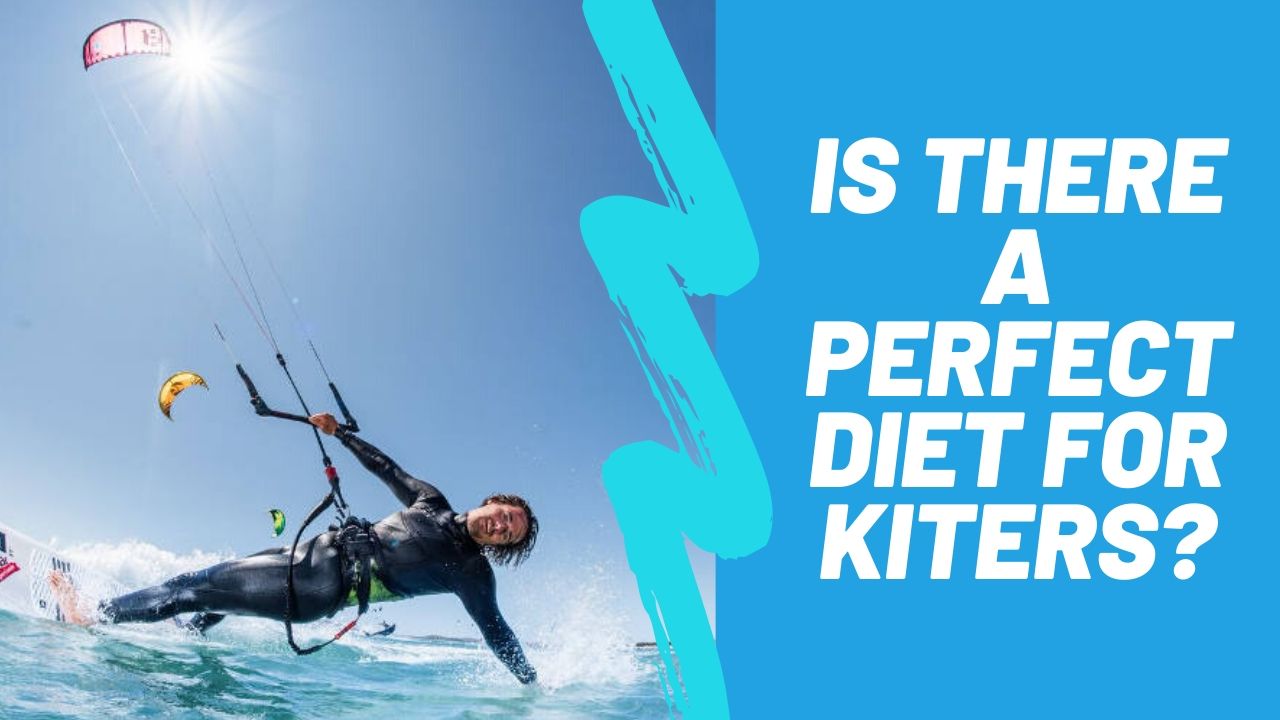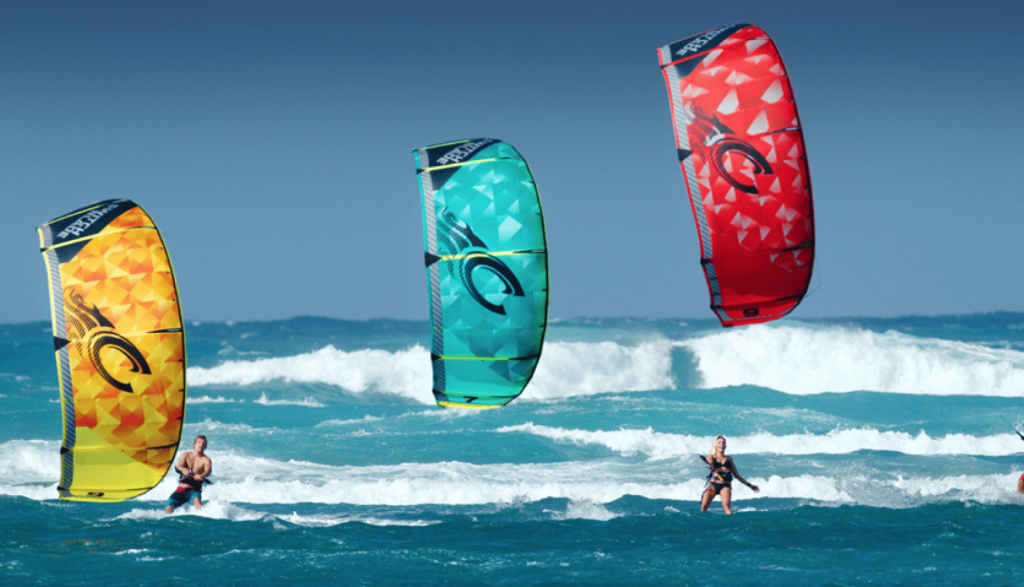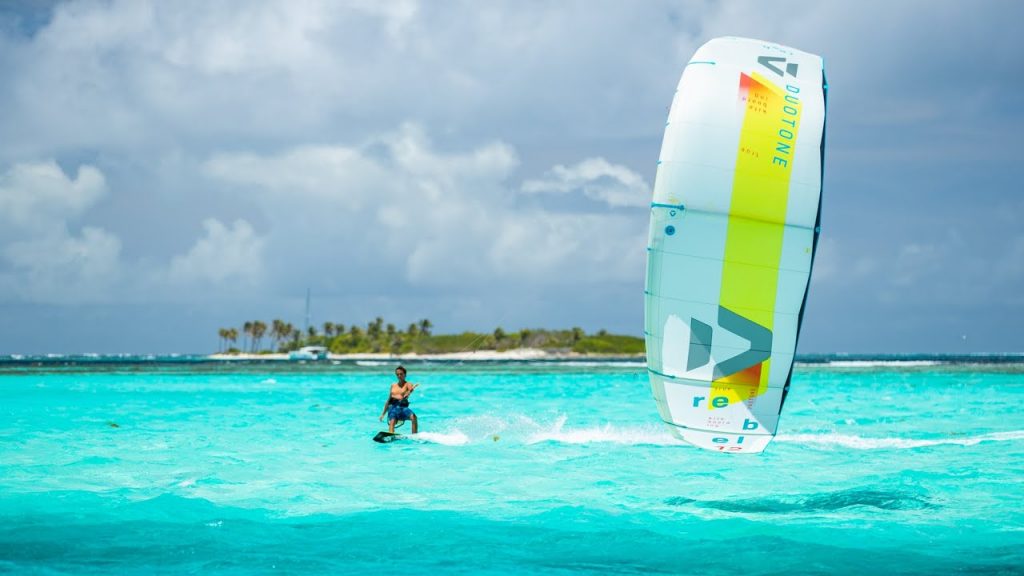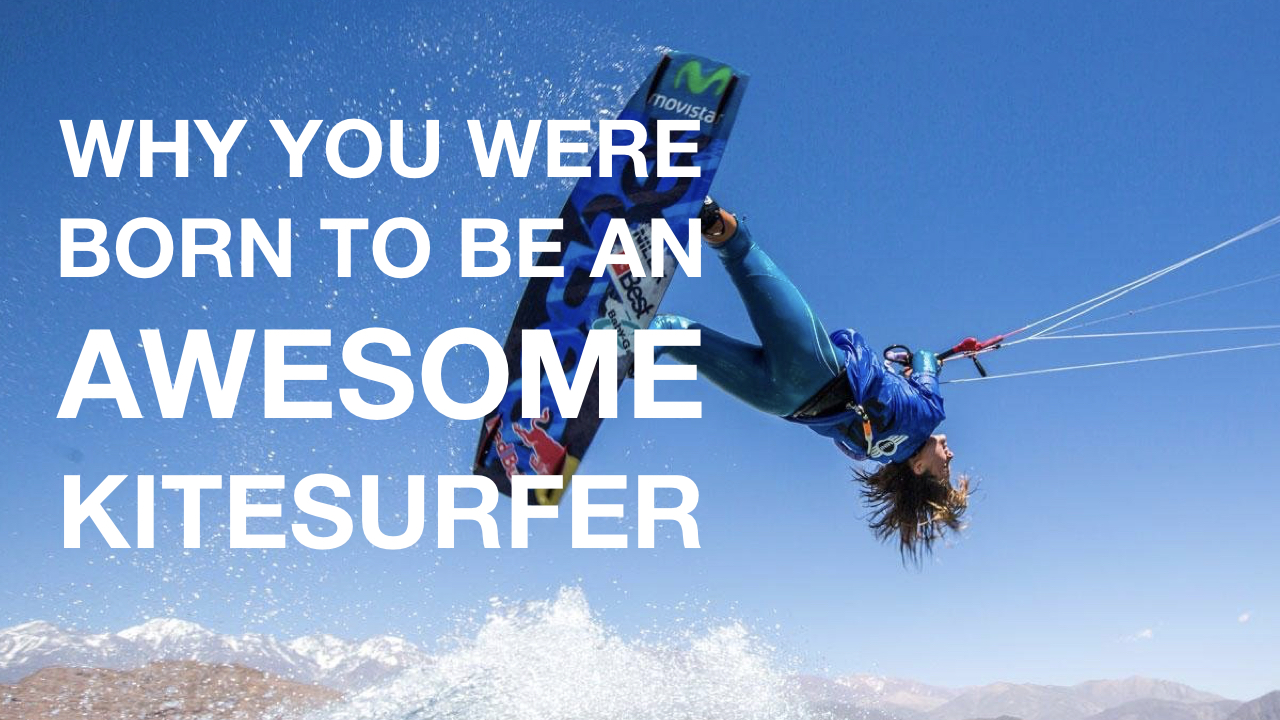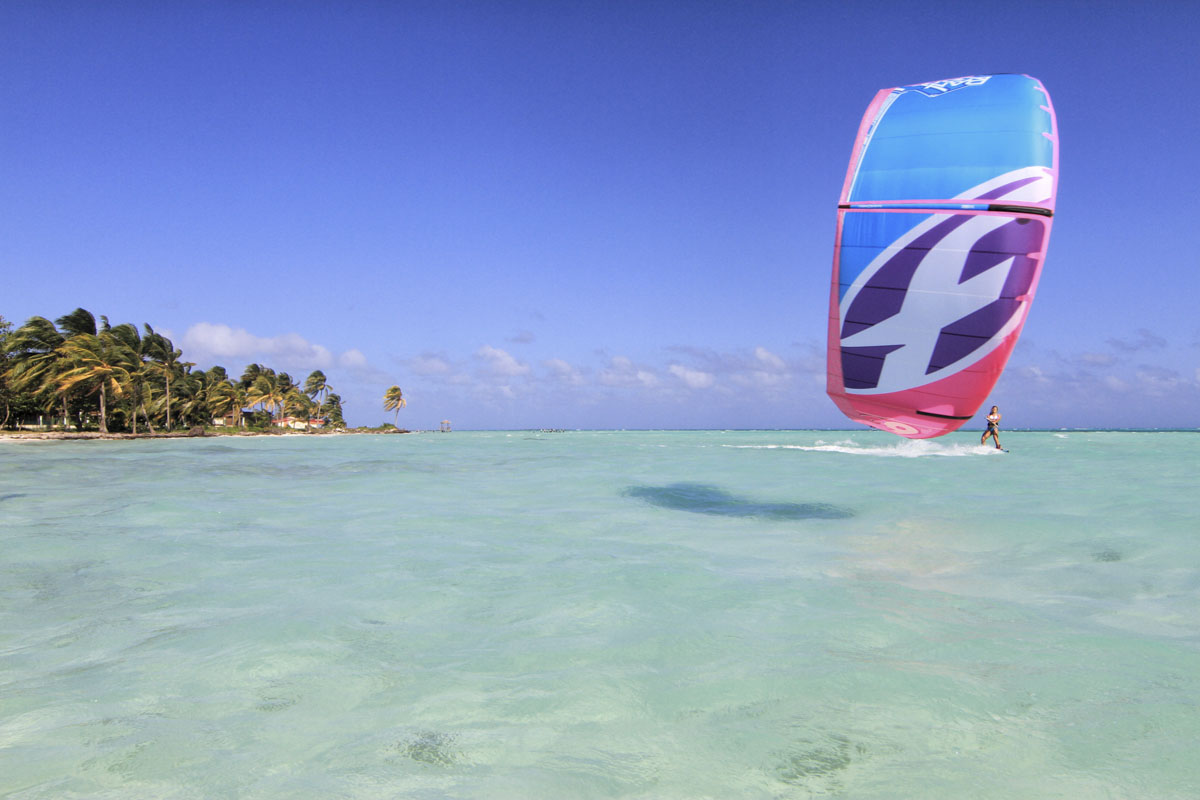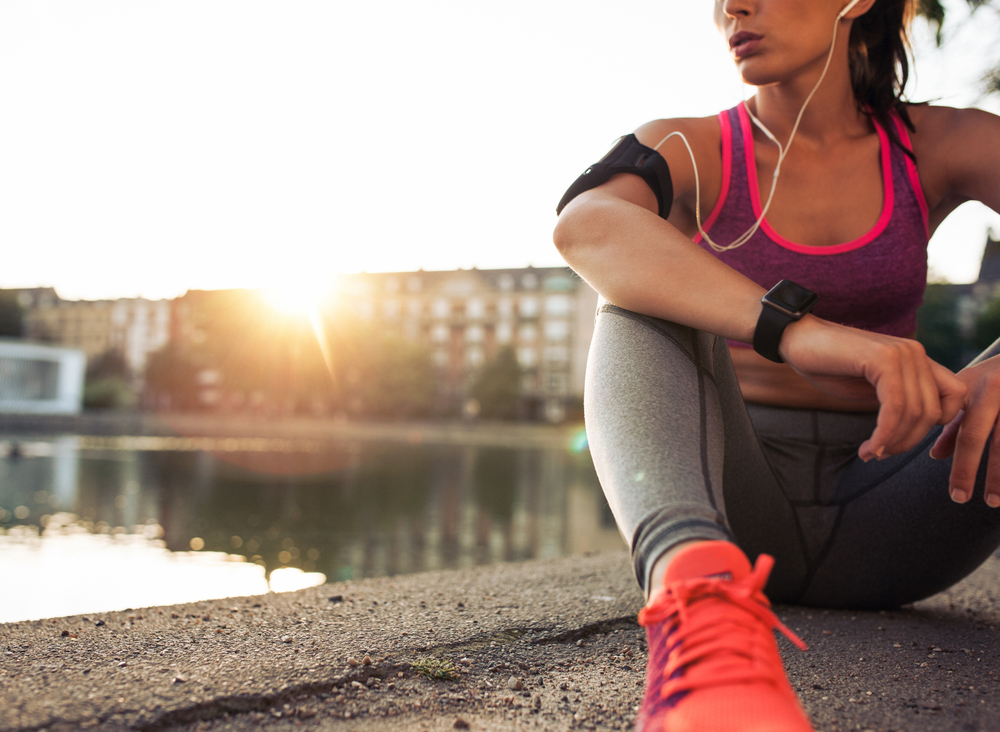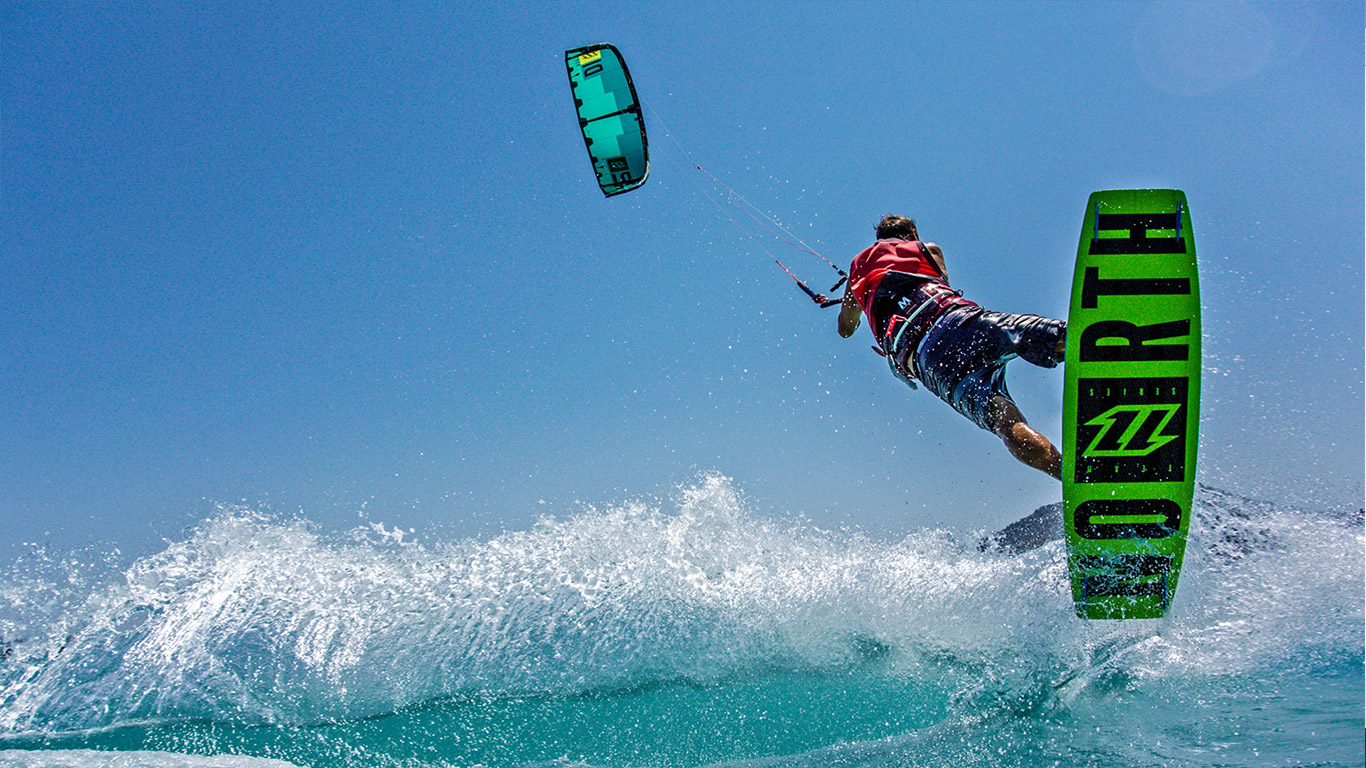
Scientists used to believe, and indeed some of the older neurologists still do believe, we are born with a fixed number of brain cells and with time, these slowly die, never to be replaced.
The rate of death is increased as we do things such as bang our head against things, drink too much and get punched in the face….or generally treat them badly!
However…
We now know differently, the brain in constantly creating new neurones in the hippocampus in a process called neurogenesis.
Why is this good news for us kitesurfers?
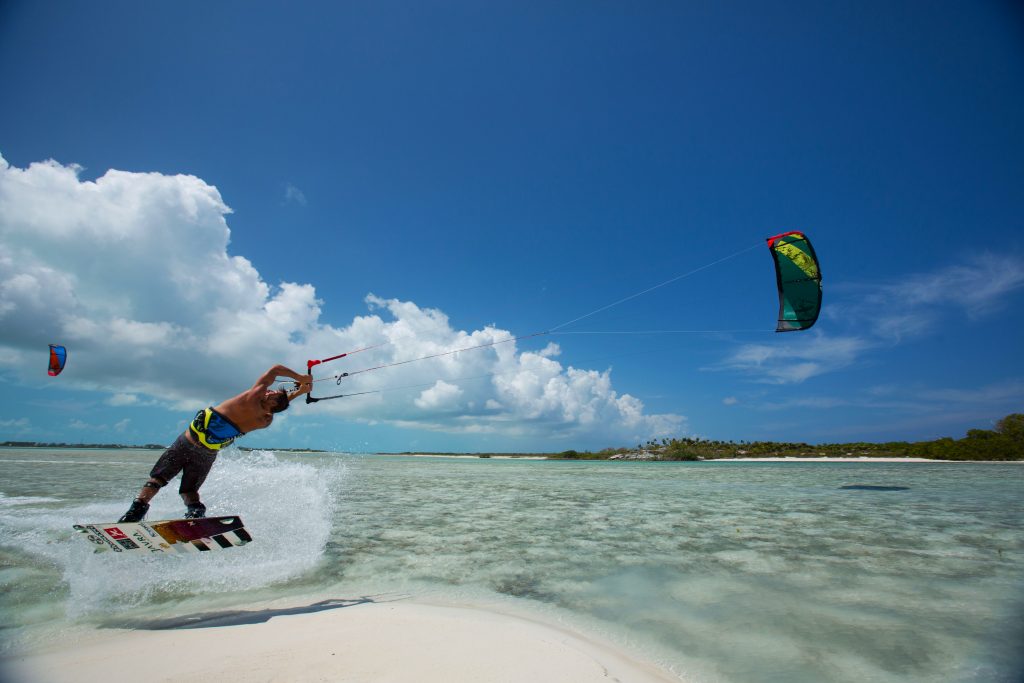
Neurones are essential when it comes to laying down pathways for learning new skills. Hence when we’re learning a new trick it’s the ability of our neurones to create new pathways and then isolate that pathway to the point where it becomes a superhighway that will determine how successful we are.
Once a new neuron is created in the hippocampus it moves out to find it’s place in the brain. It may take 4 to 6 weeks before the neurone is fully integrated into the brain and during this time they are very vulnerable.
To protect them we need to ensure they get the correct nutrients, whilst avoiding toxins that will kill them and then sheath them in a substance called myelin.
Myelin insulates the pathway, protecting it from damage but also speeding up transmission time and accuracy of the signal.
Hence to be fully effective learning any new trick we need to not only boost the rate of neurogenesis but increase the survival rate of the new neurones which are created by ensuring they are nurtured properly and there are enough natural resources available to create the myelin needed to sheath them.
The way to do this?
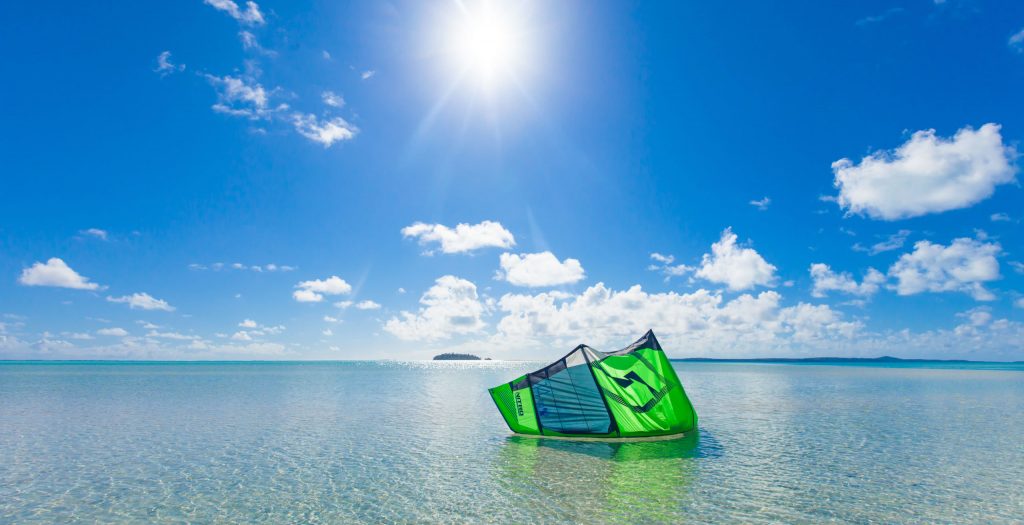
On a very simple level avoid toxins, improve your diet, avoid stress and depression, exercise (ie go kiting!), have fun, expose your self to a healthy environment, plenty of good quality sunlight, good (fluoride free) water and most awesomely…sex!.
The good news is that by doing these things right we can increase the speed of neurogenesis by a factor of 5!
In fact kitesurfing itself will stimulate this process of neurogenesis, any new and novel activity encourages the brain to produce new neurones and kitesurfing certainly qualifies. So the next time you hit the water just remind yourself, you’re actually making yourself more intelligent when you do!
Get our FREE 4 Week Kitesurf Specific Workout, designed by kitesurfers, for kitesurfers…
Download your copy here >> (It’s FREE!) ??
